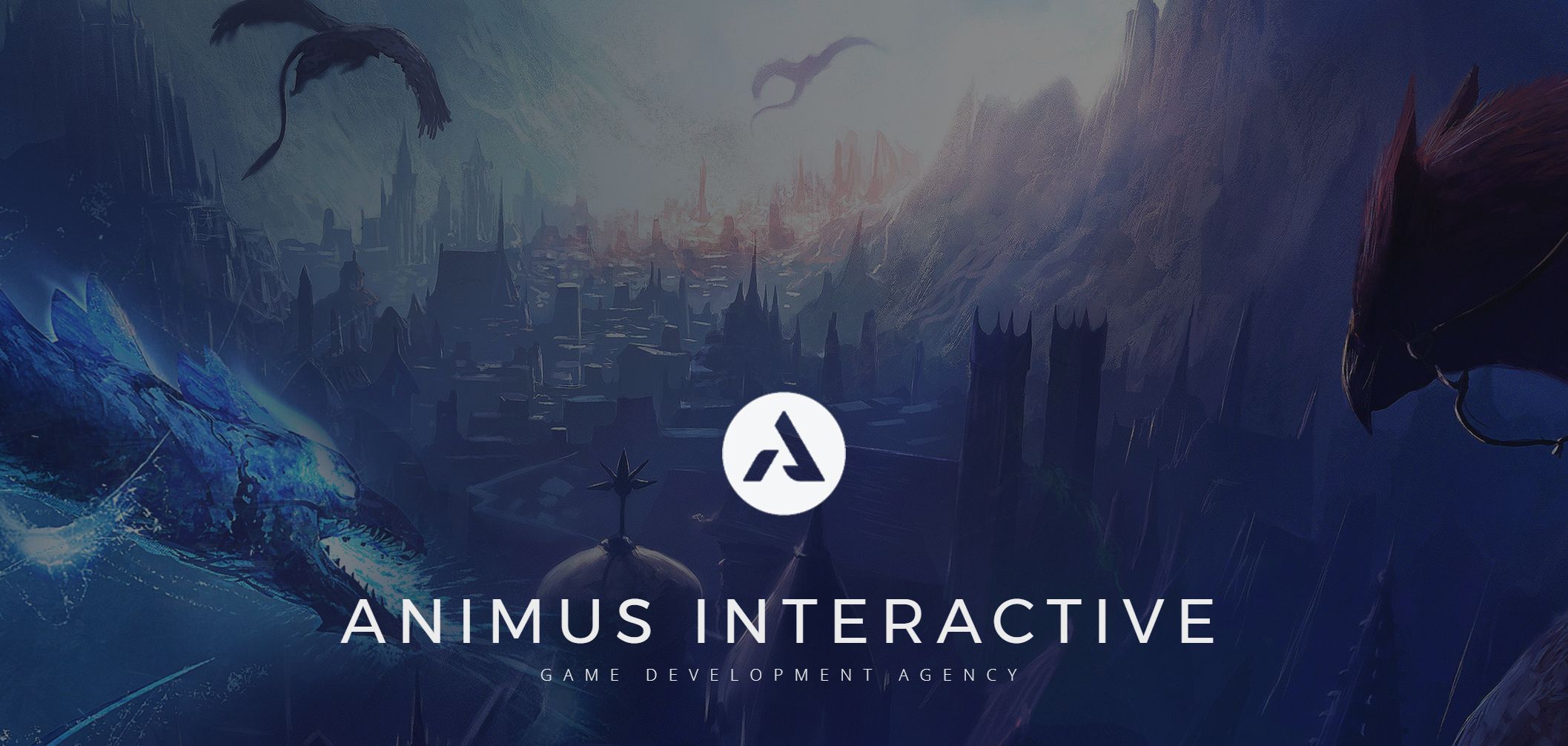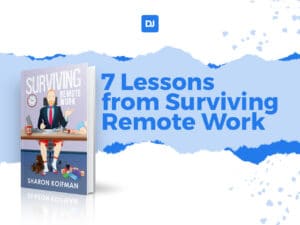
If there’s a market where remote work needs proving, it’s in the competitive video game development industry. The folks at video game developer Animus Interactive took up the gauntlet. They built themselves up as a complete remote virtual team. And they were kind enough to talk to us and take us through their full process. Thanks to them, we got to see what goes into managing a virtual team building games, in detail.
They aren’t doing simple work, either. It’s not uncommon to see android game development done by teams working remotely. But Animus Interactive is not about that. They’re about building the most epic and gorgeous real-time strategy games.
Their first RTS game, Avalon Lords: Dawn Rises, is already available on Steam. And they’ve already started pre-production on their next project.
Making this kind of game asks for ultra-committed teams. A high standard of communication is essential. The willingness to go the extra mile is an absolute need. A company without these can’t produce games of this caliber.
Over the next few paragraphs, we’re going to detail how Animus handles disparate time zones. We’ll see how they’ve melded Agile and Waterfall into their own, hybrid process. We’ll check the tools they use to get things done and see how they handle personal accountability without micromanaging the team. All of this, of course, as part of their complete approach to remote work.
But first…
Meet Animus Interactive
Starting from CEO Frank Cefalu and Game Director Chris Schoolcraft, Animus Interactive spreads from the East Coast into an international operation.
We’re talking about a fully remote, 15-strong team. This includes a robust art team made up of two Concept Artists, one 3D Modeler, and two Animators. These are under the guidance of an Art Director. Coding is handled by Frank and two other remote programmers ( with a third one joining soon).
A Sound Lead/Composer and a Sound Effects artist make up the audio team. The Narrative Writer and Social Media/Community Manager follow. A Project Manager ties everything up.
All added up, this is a team spread between the US, Canada, Europe, the Middle East, and India.
That’s a small team in a competitive industry, with a distributed workforce that spans 3 continents. Some people would be afraid of developing a mobile chess app with this remote work setup. And these guys are making epic free RTS games for the high-end PC market.
How do they manage to pull this off?
No “Typical Business Hours” – The Time Zone Issue
Managing remote workers in different time zones is challenging. As the company grew, it became clear that with this virtual team, Animus couldn’t work on typical business hours. Instead, they worked out a tiered approach that let people work when it made more sense for them. As Game Director Chris Schoolcraft puts it:
“Our “average day” isn’t the typical business hours due to the difference in Time Zones. Each person has an agreed upon time that they work and then we have set times for voice/video meetings using Google Hangouts. These are split up by department so Art meets at a certain time, Devs another, etc.”
They then find an overlap when the full team can have a virtual meeting, once a week. This is important to keep motivation up and prevent department isolationism. It also makes sure everyone is on the same page.

Agile On A Waterfall: Best Of Both Worlds
Animus started as a very agile-centered company. After all, the Agile methodology has become the de facto industry standard. But there were complications. The weekly stand-up remote meeting wasn’t enough for the Agile model to work. And the time zone overlap wasn’t comfortable enough that the team could rely on it day in and day out. Schoolcraft clarifies:
“For the Agile thing, it became too cumbersome to get a “best time” for people to meet. It wasn’t so bad when everybody was in the USA/Canada, but since we also have people (literally) on the other side of the planet, it was tough. Some of us were scheduling things during the day, that time would be the eve for others and the middle of the night for some.”
As a growing team, new people kept coming in. Animus had to keep rearranging meeting times to accommodate everyone. Employees had to wait extended amounts of time before receiving their missions. Why? Well, the people responsible for distributing assignments were off duty or even sleeping.
So Animus combined the Agile model with the Waterfall methodology in a way that would get them the best of both worlds. They still do Scrum meets and check-ins. But they assign tasks as per the Waterfall method. Far from taking a position on the old Agile VS Waterfall debate, they found an hybrid path. Here’s how it works:
The management team sets the scope for a large set of tasks and add them to a backlog queue. A big to-do list, if you will. On occasion, they assign a specific task to a specific person. More usually, they assign the tasks to a department.
From this backlog, management selects a subset to be worked on at the current time. This allows the team to know what is urgent while still having a bird’s eye view of the road ahead. Team members look through the list of active tasks and pick the ones that are within their expertise. When they finish, they go back to the list and pick their next task.
As tasks get completed, department leads keep pulling from the backlog list to add to the active list. Management keeps adding to the backlog itself. Tasks keep dripping down the chain of command in order of urgency. They are then taken up as people make themselves available.
This means that production is always weeks ahead on the backlog. The team members never have to wait around for their next assignment. An enviable position in an industry where projects are often behind schedule.
Keeping The Team Accountable
Keeping people accountable is a big challenge when it comes to remote work and virtual teams. Employees slack if not supervised – that is a major fear that managers new to remote work need to tackle. Actually, remote workers are more productive. But we don’t think you need to take that on faith alone.
Schoolcraft places emphasis on experience and intuition:
“We don’t have hard timelines on things as far as when it needs to be done, but we all have a generally good idea how long something should take and it is rather obvious when somebody isn’t pulling their weight.”
Of course, they do set milestones that they want to hit by a certain time of the month or even year. The teams work in concert towards that end. Individual team members are overseen by their department leads. These are responsible for the deliverables arriving on schedule.
Animus has picked Monday ( https://monday.com ) from the growing industry of project management tools that are rising with remote work. It’s very customizable and as such, ideal for their hybrid approach. But as a big bonus, it allows them to pull out and review productivity metrics.
This gives them a good idea about how the team is performing. It measures the time between somebody accepting a task and marking it complete. It then displays this for all to see. It also allows them to set up and keep track of their gamedevmap. As individual tasks get completed, the map reflects it.
Of course, you can’t disregard the human component. Chris admits: having a great Project Manager bugging people for daily reports is key.
Another Remote Success Story In The Making
We’ve always said that there is no set formula to be successful at remote work. Each company arrives at the place where it thrives combining experimentation and ingenuity. Every company has its own goals and culture, so their modus operandi must reflect that.
Animus came up with their own interpretation of what Agile and Waterfall mean in the context of remote work. The result? A small indie studio developing games that look and play like AAA blockbusters.
So what’s keeping you from writing your own success story? It all starts with a great developement team. Contact us, and we’ll help you hire your next game developer.



